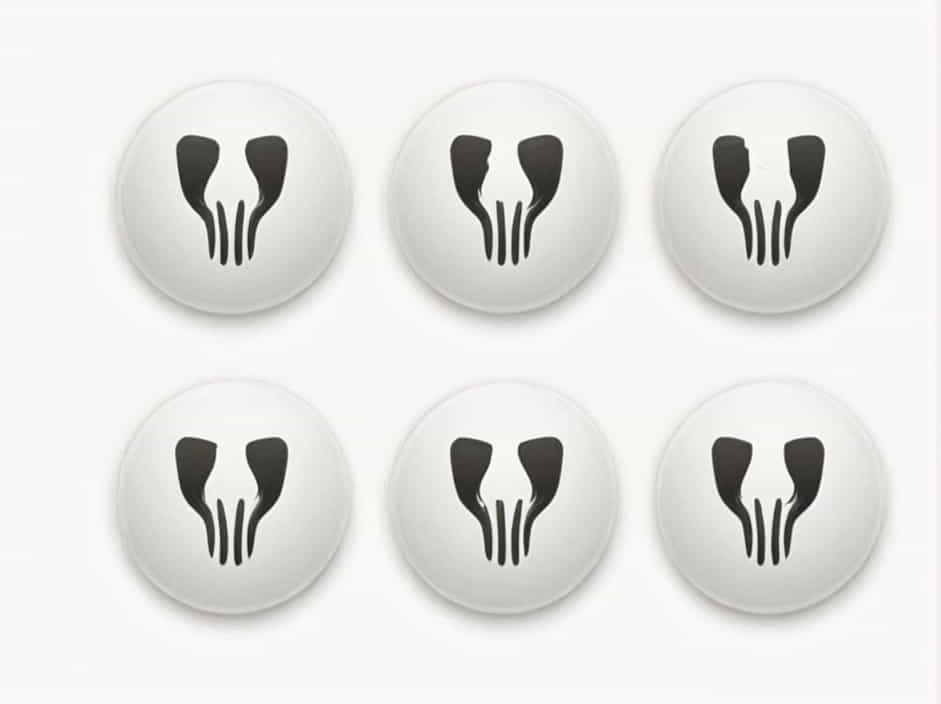The hip bone is a vital structure in the human skeletal system, forming a strong connection between the axial skeleton and the lower limbs. It consists of three fused bones: the ilium, ischium, and pubis. These bones develop separately in early life but fuse together to create a stable and weight-bearing foundation for movement.
Understanding the anatomy of the hip bone, its functions, and how the ilium, ischium, and pubis contribute to its structure is essential for learning about human mobility and posture.
Anatomy of the Hip Bone
Each side of the pelvis contains a single hip bone, formed by the fusion of three major components:
- Ilium – The uppermost and largest portion of the hip bone.
- Ischium – The lower and back portion that supports sitting.
- Pubis – The front part of the hip bone, contributing to the pelvic structure.
Fusion of the Ilium, Ischium, and Pubis
- These three bones begin as separate structures in childhood.
- They fuse together around the age of 16-18 years, forming a single, solid bone.
- The fusion occurs at the acetabulum, the socket for the femur (thigh bone), which plays a crucial role in hip joint movement.
Functions of the Hip Bone
The hip bone serves several key functions in the body:
- Supports the weight of the upper body when sitting and standing.
- Connects the spine to the lower limbs, allowing movement.
- Provides attachment points for muscles and ligaments.
- Protects internal organs, including the bladder and reproductive organs.
Detailed Structure of the Ilium, Ischium, and Pubis
1. Ilium: The Largest Part of the Hip Bone
The ilium is the broad, flat portion of the hip bone. It forms the uppermost section and contributes to the hip’s overall structure and stability.
Key Features of the Ilium:
- Iliac crest – The curved upper border, serving as a muscle attachment site.
- Anterior superior iliac spine (ASIS) – An important landmark for muscle attachment.
- Posterior superior iliac spine (PSIS) – Located at the back of the ilium, contributing to sacroiliac joint stability.
Functions of the Ilium:
- Provides a large surface area for muscle attachment.
- Supports the abdominal and lower back muscles.
- Helps with posture and movement.
2. Ischium: The Sit Bone
The ischium forms the lower, posterior portion of the hip bone. It is strong and durable, supporting body weight when sitting.
Key Features of the Ischium:
- Ischial tuberosity – The “sit bone”, where weight is distributed when sitting.
- Lesser sciatic notch – Allows nerves and blood vessels to pass through.
- Ischial spine – Provides muscle attachment for pelvic stability.
Functions of the Ischium:
- Supports body weight in a seated position.
- Provides attachment points for hamstring muscles.
- Contributes to the hip joint and pelvic stability.
3. Pubis: The Front of the Hip Bone
The pubis is the anterior (front) part of the hip bone. It forms the pelvic girdle’s front connection, stabilizing the pelvis.
Key Features of the Pubis:
- Pubic symphysis – A cartilage joint connecting both sides of the pelvis.
- Superior pubic ramus – A bony extension that strengthens the pelvis.
- Inferior pubic ramus – Helps form the obturator foramen, an opening for nerves and blood vessels.
Functions of the Pubis:
- Supports the pelvic organs, including the bladder.
- Stabilizes the front portion of the pelvis.
- Assists in childbirth by allowing slight flexibility.
The Acetabulum: Where the Three Bones Meet
The ilium, ischium, and pubis converge at the acetabulum, a cup-shaped cavity that forms the hip joint. This structure is crucial for movement, as it allows the femur (thigh bone) to rotate within the socket.
Functions of the Acetabulum:
- Acts as the socket of the hip joint, enabling smooth movement.
- Supports weight distribution during walking and running.
- Provides stability for lower limb movement.
Comparison of the Three Hip Bone Components
| Bone | Location | Key Feature | Function |
|---|---|---|---|
| Ilium | Upper portion | Iliac crest | Supports posture and muscle attachment |
| Ischium | Lower back | Ischial tuberosity | Supports body weight while sitting |
| Pubis | Front portion | Pubic symphysis | Stabilizes pelvis and protects organs |
Common Hip Bone Conditions and Injuries
1. Hip Fractures
- Common in older adults due to osteoporosis.
- Often occurs in the femoral neck or acetabulum.
2. Hip Dysplasia
- A developmental condition where the acetabulum is too shallow.
- Can lead to hip instability and dislocation.
3. Osteoarthritis of the Hip
- Caused by wear and tear of the hip joint cartilage.
- Leads to pain, stiffness, and reduced mobility.
The hip bone is a complex structure formed by the fusion of the ilium, ischium, and pubis. These three components work together to provide support, stability, and mobility for the lower body. The acetabulum, where these bones meet, plays a crucial role in hip joint movement.
Understanding the structure and function of the hip bone is essential for recognizing common conditions, injuries, and their impact on movement. Whether for medical studies or general knowledge, learning about the hip bone’s anatomy helps in understanding the foundation of human mobility.
